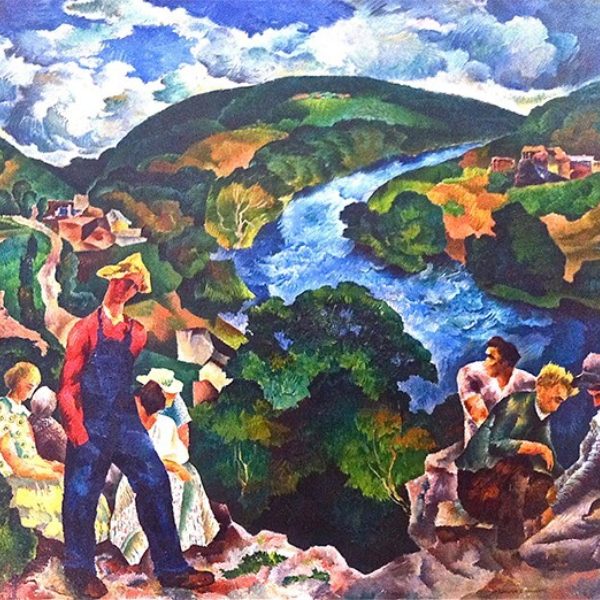 Schwartz’s evocation of a family picnic in a lush landscape. Featured Image: Family Picnic (1930s). Oil on canvas
Schwartz’s evocation of a family picnic in a lush landscape. Featured Image: Family Picnic (1930s). Oil on canvas
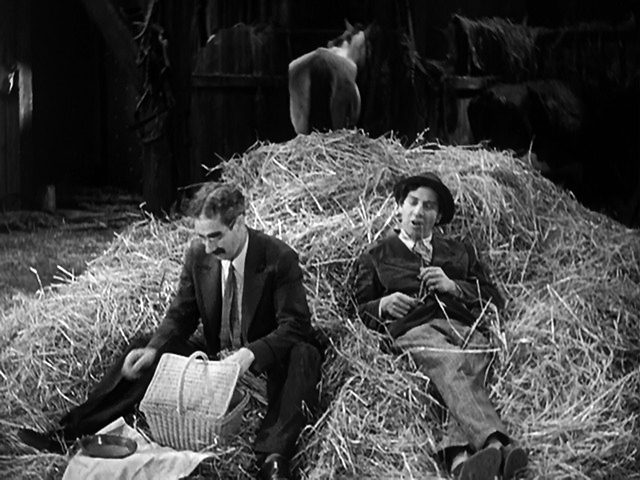 The picnic-in-a-barn scene in Monkey Business is fluff. Trying to save a gangster’s daughter and his sweetheart Lucille, imprisoned in a barn, Groucho and Chico enter with picnic gear. Sitting on a pile of hay, Groucho spreads a white cloth and sets out tin...
The picnic-in-a-barn scene in Monkey Business is fluff. Trying to save a gangster’s daughter and his sweetheart Lucille, imprisoned in a barn, Groucho and Chico enter with picnic gear. Sitting on a pile of hay, Groucho spreads a white cloth and sets out tin...
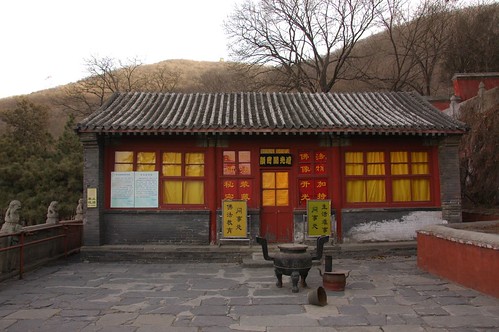 Bridge’s Peking Picnic is autofiction based on her life as the wife of the British Oriental Attaché in Peking. The romantic interlude suggests that Bridge’s real-life marriage to Owen O’Malley was no picnic. It’s the story of picnic romance...
Bridge’s Peking Picnic is autofiction based on her life as the wife of the British Oriental Attaché in Peking. The romantic interlude suggests that Bridge’s real-life marriage to Owen O’Malley was no picnic. It’s the story of picnic romance...
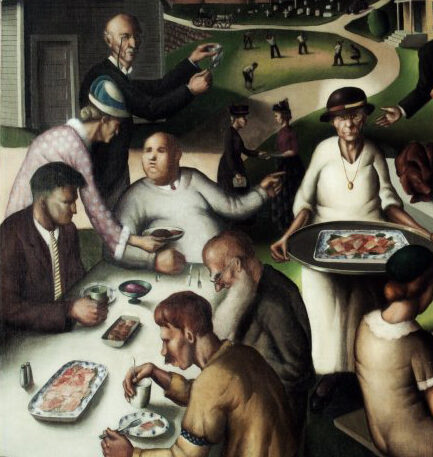 Sample’s Church Super is his judgment of his wife Sylvia’s hometown in Westmore, Vermont. It’s dour and static. The supper is ordinary, but many details tell otherwise. Though the minister calls the picnickers for grace, many are already eating. A...
Sample’s Church Super is his judgment of his wife Sylvia’s hometown in Westmore, Vermont. It’s dour and static. The supper is ordinary, but many details tell otherwise. Though the minister calls the picnickers for grace, many are already eating. A...
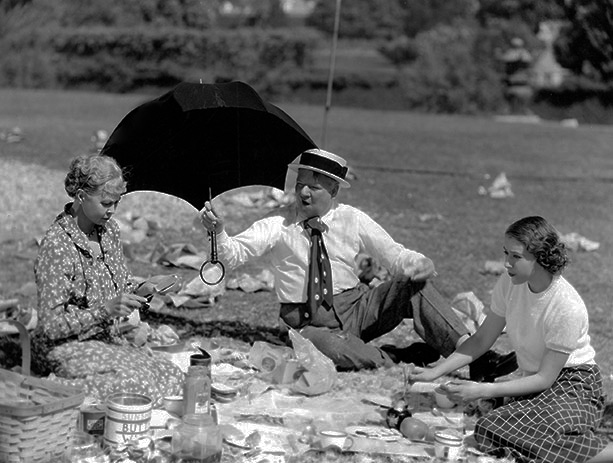 McLeod’s It’s a Gift is a testament to W.C. Fields’s comic skill at making a picnic an utterly messy war zone. On their way west to California, the Bissonettes pronounced bis-on-nay and stopped for picnic lunch. Blithely ignoring a “Private...
McLeod’s It’s a Gift is a testament to W.C. Fields’s comic skill at making a picnic an utterly messy war zone. On their way west to California, the Bissonettes pronounced bis-on-nay and stopped for picnic lunch. Blithely ignoring a “Private...
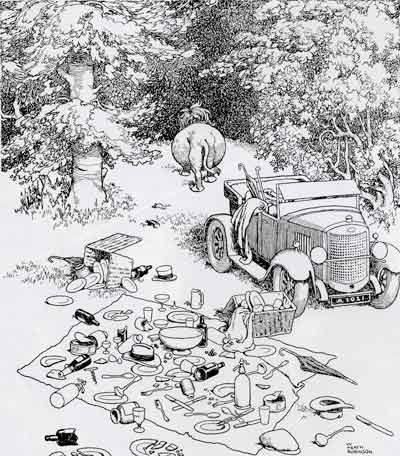 The zany humor of “Just a Picnic at Whipsnade” is Heath Robinson’s trademark. Of the two picnics here, the lion has got the better deal. It also helps to know that Whipsnade is England’s biggest zoo, near Luton, an hour and twenty minutes north of London. Featured...
The zany humor of “Just a Picnic at Whipsnade” is Heath Robinson’s trademark. Of the two picnics here, the lion has got the better deal. It also helps to know that Whipsnade is England’s biggest zoo, near Luton, an hour and twenty minutes north of London. Featured...
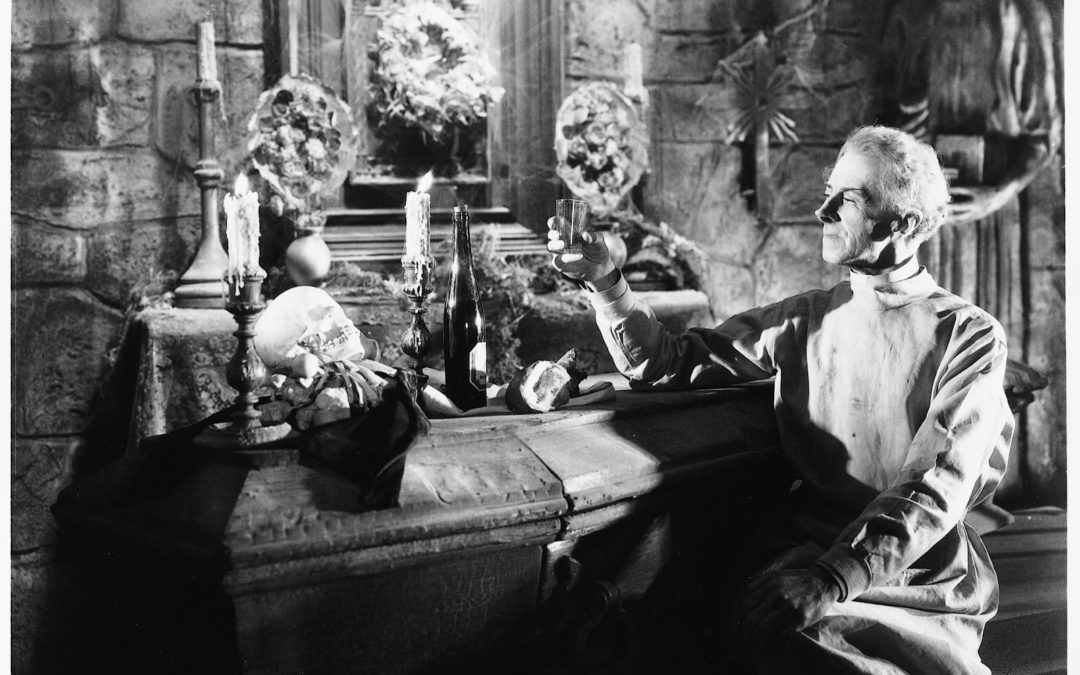 The Bride of Frankenstein is a sequel to Whale’s Frankenstein. It was received as a horror film and was generally highly regarded by critics. But on close viewing, it’s a screwball comedy—a campy hodgepodge of satire that Whale and screenwriters William...
The Bride of Frankenstein is a sequel to Whale’s Frankenstein. It was received as a horror film and was generally highly regarded by critics. But on close viewing, it’s a screwball comedy—a campy hodgepodge of satire that Whale and screenwriters William...
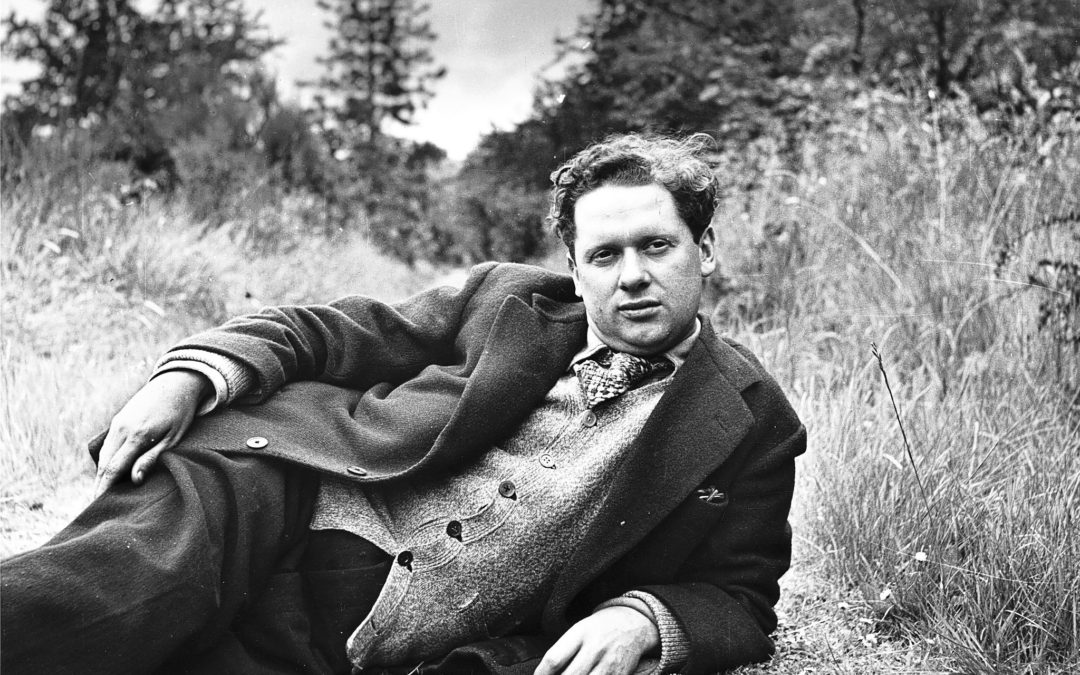 Thomas’s “The Orchards” is a nightmare. It’s a death-in-life story about Marlais, a blocked writer who meets spectral women, demon-lovers, at a horrible picnic. The narrative begins when Marlais contemplates suicide but instead is summoned by...
Thomas’s “The Orchards” is a nightmare. It’s a death-in-life story about Marlais, a blocked writer who meets spectral women, demon-lovers, at a horrible picnic. The narrative begins when Marlais contemplates suicide but instead is summoned by...
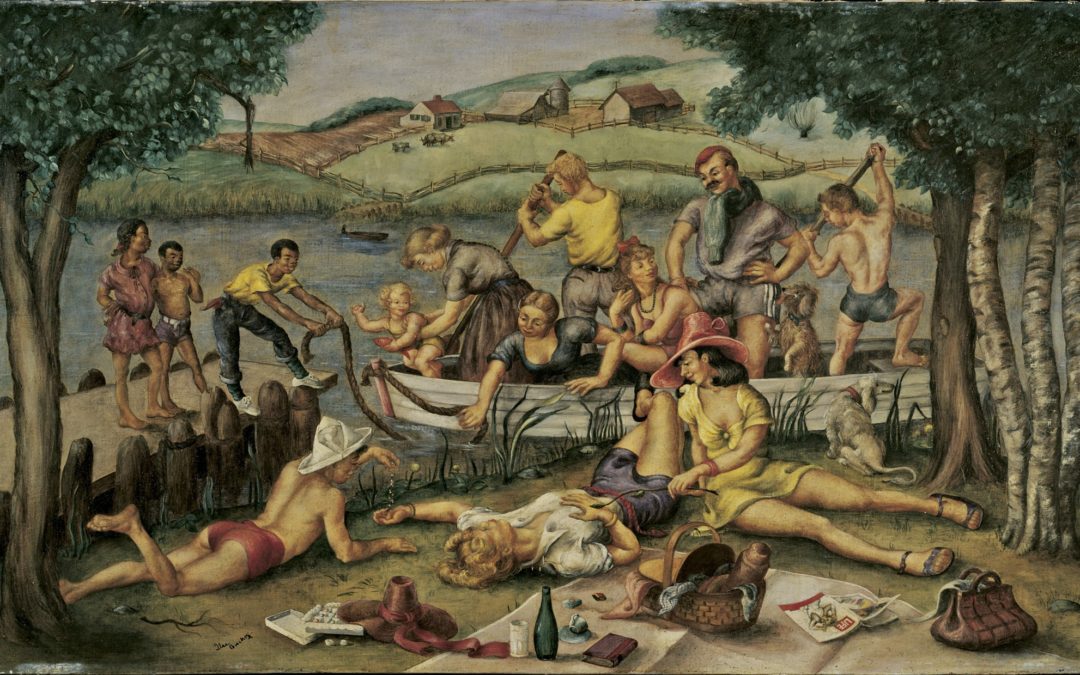 Bischoff’s Picnic on the River is a scene that alludes to a happy time. The picnic cloth is well-stocked with a wicker basket, and wine and food are surrounded by picnickers of all ages. The central character is the woman in yellow sitting beside the recumbent woman...
Bischoff’s Picnic on the River is a scene that alludes to a happy time. The picnic cloth is well-stocked with a wicker basket, and wine and food are surrounded by picnickers of all ages. The central character is the woman in yellow sitting beside the recumbent woman...
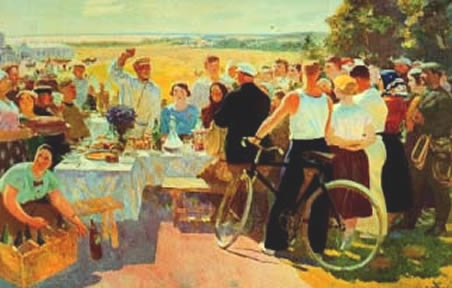 Gerasimov’s celebration of a very abundant harvest is propaganda. Soviet farms were not producing well, and the nation suffered chronic harvest shortages. Stalin’s propaganda program deemed otherwise, and the artists and writers were instructed to portray a land of...
Gerasimov’s celebration of a very abundant harvest is propaganda. Soviet farms were not producing well, and the nation suffered chronic harvest shortages. Stalin’s propaganda program deemed otherwise, and the artists and writers were instructed to portray a land of...











